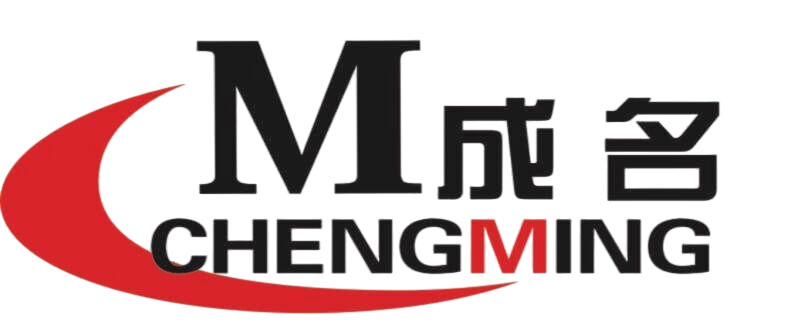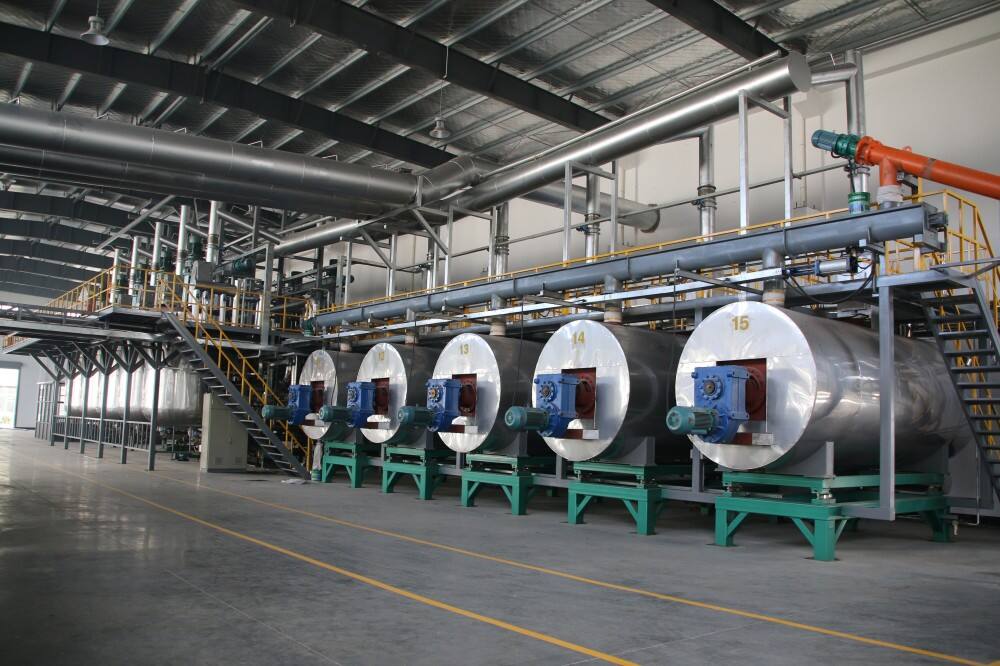Understanding Modern PLC Interface Customization in Membrane Manufacturing
The evolution of membrane production technology has placed increasing demands on manufacturing systems, particularly in terms of control interfaces. Today's membrane production line manufacturers recognize that standardized solutions don't always meet the unique requirements of different production facilities. This comprehensive guide explores how manufacturers approach PLC interface customization and what it means for your manufacturing operations.
The Foundation of PLC Interface Customization
Core Components of PLC Systems in Membrane Production
Modern membrane production line manufacturers integrate sophisticated PLC systems that control every aspect of the manufacturing process. These systems typically include human-machine interfaces (HMI), control modules, and various input/output devices. The basic architecture allows for modifications to meet specific production requirements, from simple parameter adjustments to complete interface overhauls.
Customization Capabilities and Technical Scope
Leading membrane production line manufacturers possess the expertise to modify PLC interfaces at multiple levels. This includes customizing graphical user interfaces, implementing specialized control algorithms, and developing unique monitoring solutions. The scope of customization can encompass everything from basic screen layouts to complex process control logic.
Industry Standards and Compliance Considerations
When customizing PLC interfaces, membrane production line manufacturers must adhere to various industry standards and regulatory requirements. This includes compliance with IEC 61131-3 for PLC programming, safety standards like IEC 61508, and specific industry regulations for membrane production. These standards ensure that customized interfaces maintain operational safety and reliability.
Benefits of Customized PLC Interfaces
Enhanced Production Efficiency
Customized PLC interfaces from a qualified membrane production line manufacturer can significantly improve operational efficiency. By tailoring the interface to specific production workflows, operators can access relevant information more quickly and make faster decisions. This optimization can lead to reduced downtime and increased production output.
Improved Quality Control Measures
Through customized interfaces, manufacturers can implement more precise quality control mechanisms. These may include specialized monitoring systems, advanced data collection methods, and automated quality checks specific to membrane production requirements. Such customization ensures consistent product quality while minimizing waste.
Operator Training and Usability
A membrane production line manufacturer can design interfaces that align with operator expertise levels and preferences. This customization makes training more effective and reduces the likelihood of operator errors. Intuitive layouts and workflow-specific controls contribute to smoother operations and better team performance.
Technical Implementation Process
Assessment and Planning Phase
The customization process begins with a thorough assessment of current production requirements and future needs. A reputable membrane production line manufacturer will conduct detailed analyses of existing processes, operator workflows, and specific challenges that need addressing. This information forms the foundation for interface design decisions.
Development and Testing Procedures
Once requirements are established, the manufacturer proceeds with interface development. This involves programming, simulation testing, and iterative refinement of the custom interface. Rigorous testing ensures that all modifications work seamlessly with existing systems and meet performance expectations.
Implementation and Support Strategy
The final phase involves careful implementation of the customized interface and comprehensive support planning. A professional membrane production line manufacturer provides thorough documentation, training resources, and ongoing technical support to ensure smooth operation of the customized system.
Future-Proofing Considerations
Scalability and Expansion Options
Forward-thinking membrane production line manufacturers design customized interfaces with future scalability in mind. This includes building in expansion capabilities, ensuring compatibility with emerging technologies, and maintaining flexibility for future process modifications. Such foresight helps protect the investment in customized systems.
Integration with Industry 4.0 Technologies
Modern PLC interface customization often includes provisions for Industry 4.0 integration. This might involve implementing data analytics capabilities, cloud connectivity options, or IoT device integration. These features position manufacturing operations for future technological advancements.
Frequently Asked Questions
How long does PLC interface customization typically take?
The timeline for PLC interface customization can vary depending on the complexity of requirements, but typically ranges from several weeks to a few months. This includes assessment, development, testing, and implementation phases.
What level of technical expertise is required to operate a customized PLC interface?
While customized interfaces are designed to be user-friendly, operators usually require specific training provided by the membrane production line manufacturer. The level of expertise needed depends on the complexity of the customization and existing operator experience.
Can existing PLC interfaces be modified or upgraded?
Yes, most existing PLC interfaces can be modified or upgraded by a qualified membrane production line manufacturer. The feasibility and extent of modifications depend on the current system's hardware capabilities and software architecture.

